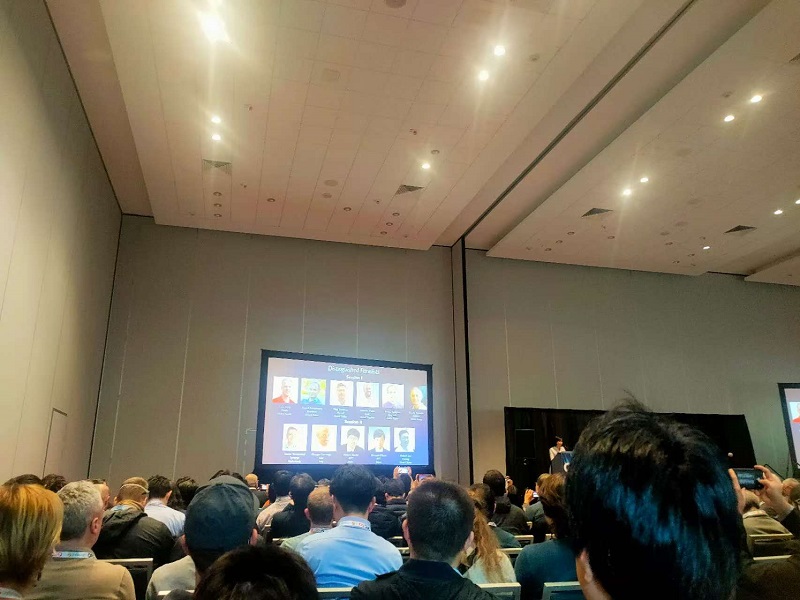From GTC to OFC (15): Is CPO Manufacturable? 2025-04-27 Cfol
April 28,2025, This time, let's talk about one of the hottest topics at this year's OFC: Is CPO manufacturable? This was the discussion topic of a Workshop on the afternoon of March 30, the first day of OFC. The organizers included Yoojin Ban from IMEC, Takako Hirokawa from GlobalFoundries, etc., and the speakers were from Jabil, Nvidia, Corning, Avicena (a US-based MicroLED-based optical engine manufacturer), Intel, Broadcom, Synopsys, Ayar Labs, Marvell, as well as the Japanese specialty glass manufacturer AGC and the National Institute of Advanced Industrial Science and Technology (AIST) in Japan. The editor went to the site to listen and found that this topic was indeed very popular. The audience filled the space around the venue, including Professor John Bowers who had just given a lecture to the editor in the morning.
In name, it was a discussion, but the conclusion was very clear, that is, CPO can already be produced. Let's look at the views of some of the guests on site. Nick Pasalia from Intel's topic was "Scaling CPO". The focus of his talk was on how CPO can be integrated with the current semiconductor HVM mass production process. A key to this is a detachable fiber optic connector that supports Rework . In addition, the problems that Intel needs to solve also include fully passive automatic die bonding, wafer-level installation testing, etc. The next key points are a generalized optical glass interface, an embedded micro-optical coupling standard, 3D optical waveguide Fan in Fan Out, and so on. Pooya Tadayon from AyarLabs defined the goal of CPO manufacturability at the beginning as an annual production volume of tens of millions. The keys to achieving this goal include ATE automated testing, low-cost detachable fiber optic connectors, manufacturing equipment, etc., and to truly be accepted by customers, certain standards need to be met in several areas such as fiber management, thermal management, dust prevention management, and on-site reparing. Bardia Pezeshki from Avicena pointed out that their team had once done a 1.6Tbps CPO demo in 2017 when they were at Kaiam, and the complexity problem of CPO packaging has not been fundamentally solved from then until now. To this end, they introduced GaN MicroLED technology and believe that its parallelism, manufacturability, low cost, and low power consumption characteristics are very suitable for CPO. However, their problem is that the transmission distance can only be within 100 meters. Tom Gray from Nvidia listed the goals of CPO in his speech as a cost per Gbps of less than $0.1, a power consumption per bit of less than 1.5pJ, a transmission length of more than 1Km, a bandwidth density per fiber of more than 0.8Tbps, and a reliability of less than 10 FIT.

At this year's OFC, there were many CPO-related displays. Genuine took the lead among domestic manufacturers in releasing their first 3.2Tb/s CPO supercomputing optical engine. Not far from their booth, at the Marvell booth, the editor also saw the company's CPO display, and Marvell's friends were very confident about their CPO technology and the development of CPO.
What does the pluggable camp think of CPO? Friends from Accelink Technologies told the editor that their LPO + liquid cooling solution can completely achieve the same power consumption as CPO and is even cheaper. Friends from another major optical module manufacturer were more straightforward, saying that the main supporters of CPO are switch chip manufacturers, such as Brodacom, Marvell, Nvidia, etc. They can achieve the closure of the entire supply chain through this, so of course they will support it.
Yesterday at Dalian Youopto, General Manager Liao, who is good at packaging technology, said that they are also supporters of CPO. They are now customizing CPO products for some customers, mainly the packaging of external lasers, and the customer demand forecast is increasing year by year, which is an excellent opportunity for them. What about other optical module manufacturers?